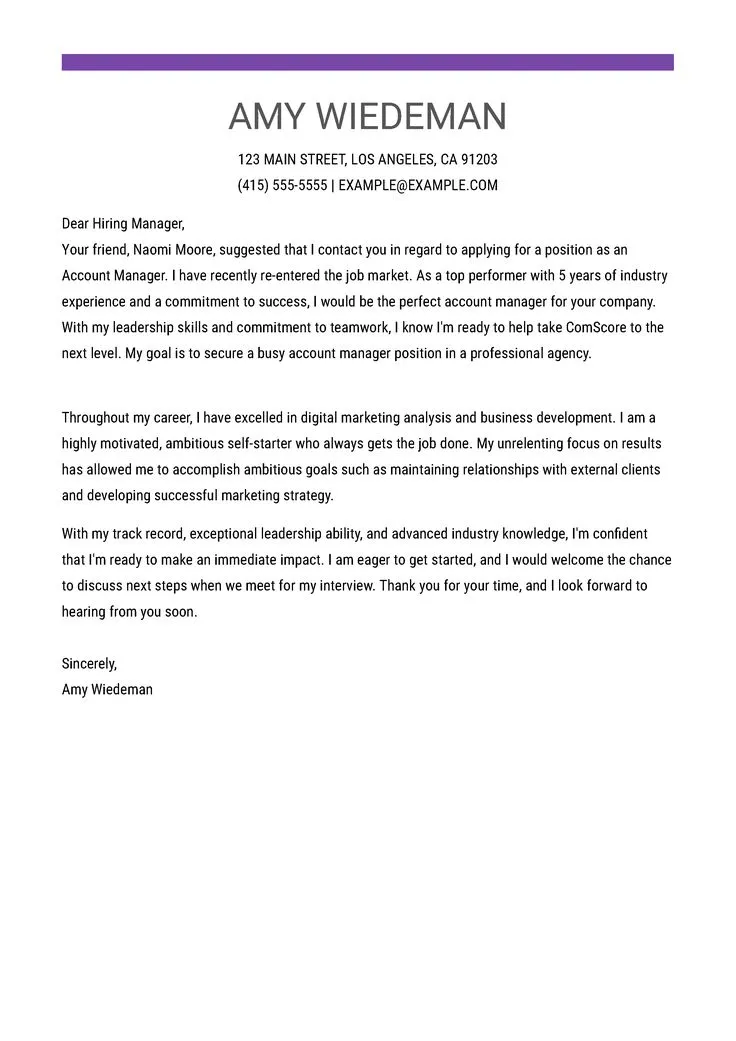Why Cover Letters Still Matter
In a world saturated with digital applications and online submissions, one might question the continued relevance of the cover letter. However, a well-crafted cover letter remains a crucial tool in your job-seeking arsenal. While resumes provide a factual overview of your experience and skills, a cover letter offers the opportunity to tell your story, to connect with the hiring manager on a more personal level, and to articulate why you are the perfect fit for the specific role and the company’s culture. The cover letter allows you to showcase your personality, enthusiasm, and genuine interest, elements that a resume alone cannot effectively convey. Ignoring this vital component is a missed opportunity to make a lasting impression and significantly increase your chances of landing an interview. It is your chance to stand out from the competition.
Highlighting Your Skills and Experience
Your cover letter should serve as a spotlight, illuminating the skills and experiences most relevant to the job you are applying for. Think of it as a targeted marketing piece, designed to persuade the hiring manager that you possess the specific capabilities required to excel in the position. Begin by carefully reviewing the job description. Identify the key skills and qualifications the employer seeks. Then, in your cover letter, explicitly highlight your experiences and achievements that demonstrate these skills. Instead of simply listing your duties, explain how you used your skills to achieve positive outcomes in previous roles. Use specific examples and quantifiable results whenever possible to provide concrete evidence of your abilities. This proactive approach positions you as a top contender.
Matching Skills to Job Requirements
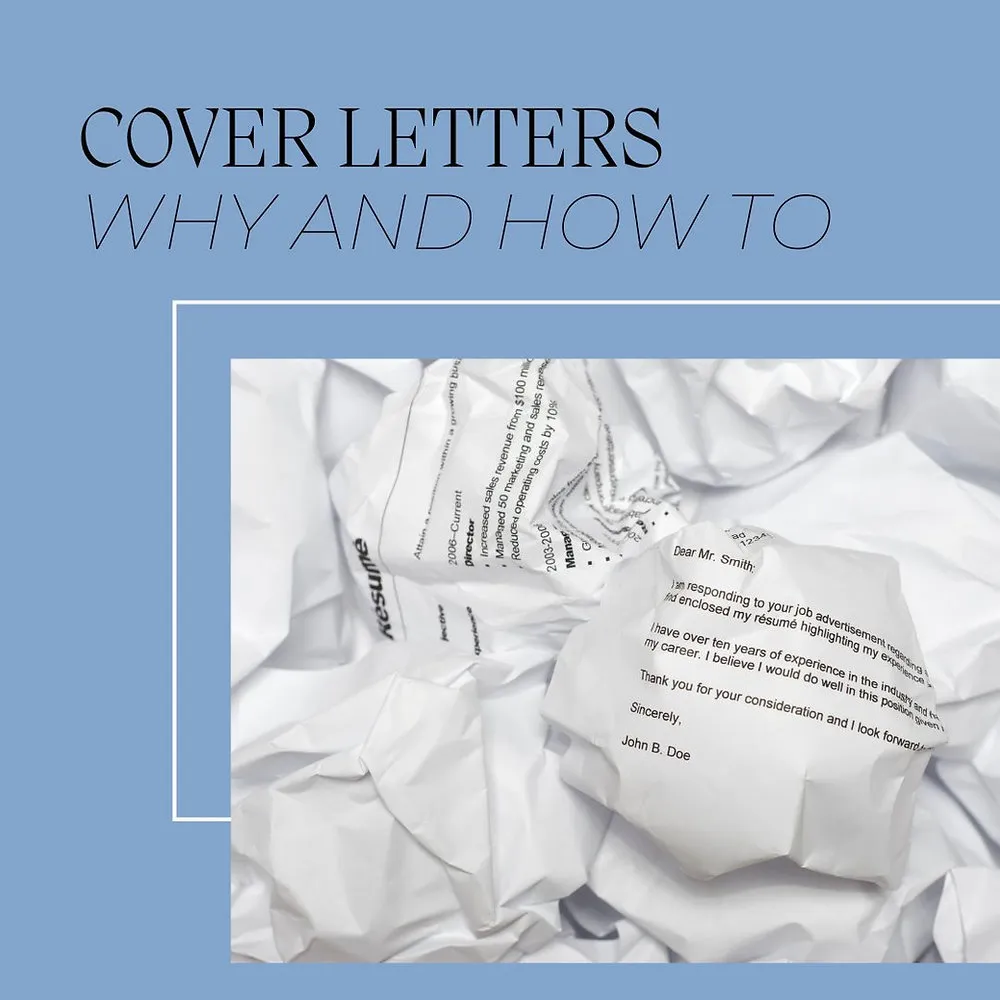
One of the most effective strategies in cover letter writing involves directly aligning your skills and experiences with the specific requirements outlined in the job description. The key is to avoid a generic, one-size-fits-all approach. Instead, meticulously analyze the job posting, noting the skills, qualifications, and responsibilities emphasized by the employer. Then, in your cover letter, tailor your content to mirror these requirements. For each key skill or qualification, provide a concise example from your professional history that showcases your proficiency. Use the same keywords and phrases the employer uses, but integrate them naturally within the context of your accomplishments. By explicitly demonstrating how your skills align with their needs, you immediately capture the hiring manager’s attention and increase the perceived relevance of your application, significantly boosting your chances of getting an interview.
Show, Don’t Just Tell
The most compelling cover letters are those that vividly demonstrate your abilities rather than simply stating them. Avoid generic statements such as “I am a team player” or “I have excellent communication skills.” Instead, use the power of storytelling to bring your skills to life. Provide specific examples from your past experiences that showcase your teamwork abilities, communication prowess, or any other relevant skill. For instance, if you want to highlight your project management skills, describe a project you successfully managed, detailing the challenges you overcame and the positive outcomes you achieved. When possible, quantify your achievements with data and metrics, making your claims more credible and impactful. This approach allows the hiring manager to visualize your skills in action and understand your value as a potential employee.
Quantifying Achievements and Using Action Verbs
To create a truly impactful cover letter, focus on quantifying your achievements and using strong action verbs to describe your accomplishments. Numbers and data provide concrete evidence of your abilities and demonstrate your value to potential employers. Instead of saying “Improved sales,” state “Increased sales by 15% in six months.” Likewise, the verbs you choose can significantly influence the impression you make. Start each bullet point or sentence with a powerful action verb that clearly conveys your role and the positive outcomes you achieved. For example, use verbs like “Spearheaded,” “Managed,” “Developed,” “Implemented,” or “Optimized.” By incorporating specific numbers and compelling action verbs, you create a dynamic and persuasive cover letter that leaves a lasting positive impact.
Tailoring Your Cover Letter for Each Job
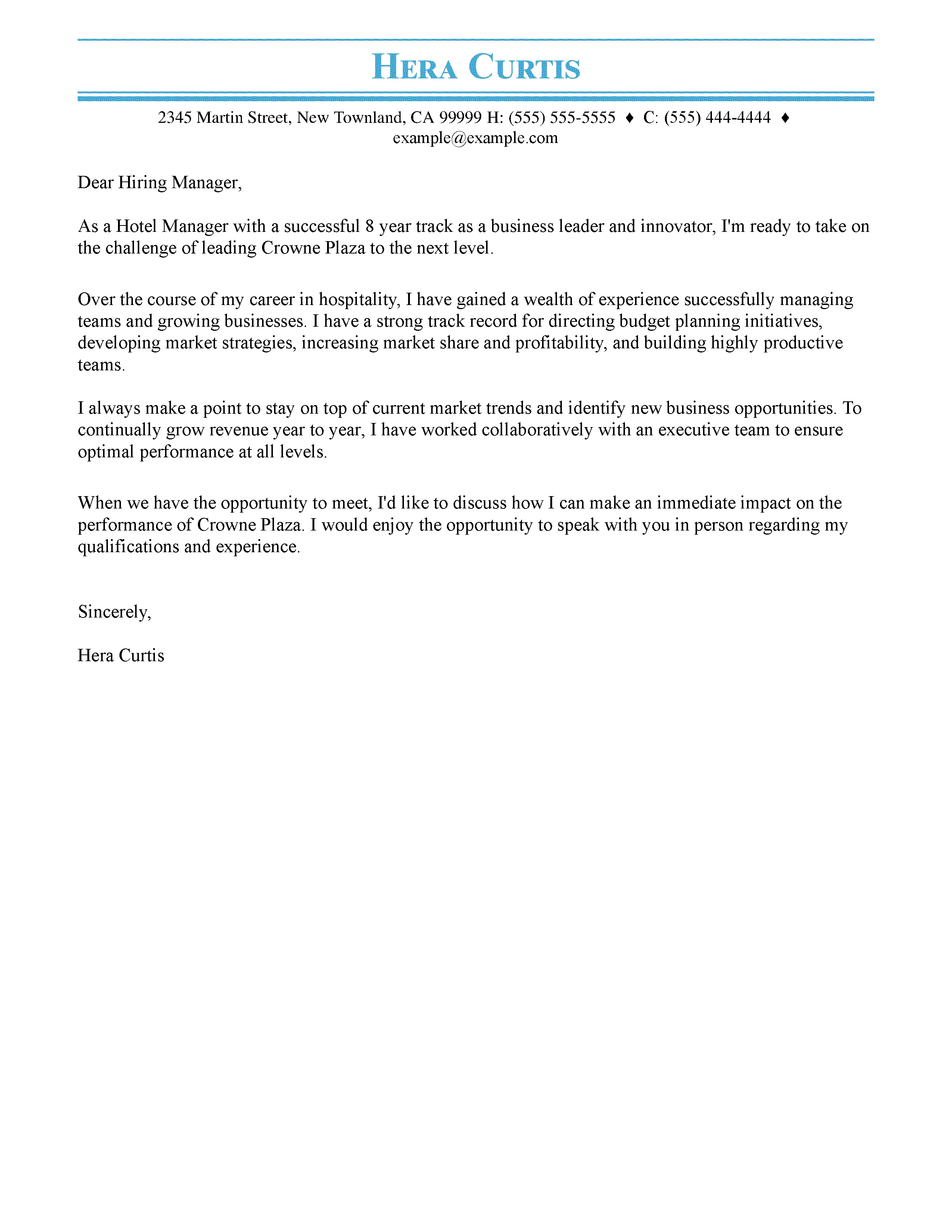
One of the most common mistakes job seekers make is sending out the same generic cover letter for every position. To significantly increase your chances of success, it is essential to tailor each cover letter to the specific job and company. This means taking the time to carefully review the job description and identify the key skills, qualifications, and requirements the employer is seeking. Then, customize your cover letter to highlight the experiences and achievements that directly align with these needs. Research the company and its values to understand their culture and priorities, and reflect that understanding in your writing. By demonstrating that you have taken the time to learn about the role and the organization, you show your genuine interest and increase your appeal as a candidate. Generic cover letters are easily identified and often discarded, while tailored letters demonstrate effort and genuine enthusiasm.
Researching the Company and Understanding Their Needs
Before you begin writing your cover letter, conduct thorough research on the company and the specific role you are applying for. This research is a crucial step in demonstrating your genuine interest and tailoring your application to their needs. Visit the company’s website, explore their social media profiles, and read recent news articles or press releases to gain insights into their mission, values, and current projects. Understand their industry, their competitors, and their overall business strategy. This knowledge will enable you to customize your cover letter, addressing their specific challenges and highlighting how your skills and experience can contribute to their success. You can also identify key individuals to address your letter to, showing that you have taken the initiative to learn about the organization and are genuinely interested in the opportunity.
Formatting and Structure for Impact
The formatting and structure of your cover letter play a crucial role in creating a positive first impression and ensuring your message is easily understood. Keep your cover letter concise, ideally no more than one page in length. Use a professional font, such as Times New Roman, Arial, or Calibri, and maintain a consistent font size (11 or 12 points) throughout the document. Use clear and concise language, avoiding jargon or overly complex sentences. Break up large blocks of text with bullet points, short paragraphs, and plenty of white space to improve readability. Make sure your contact information is clearly visible at the top of the letter, and address the hiring manager by name whenever possible. A well-formatted cover letter shows attention to detail and respect for the reader’s time, both qualities that are highly valued in professional settings.
Essential Elements to Include in Your Cover Letter

Every effective cover letter should include several essential elements. Begin with your contact information, including your name, phone number, email address, and LinkedIn profile URL. Address the hiring manager by name if possible, and state the position you are applying for. In the body of your letter, make sure to highlight your most relevant skills and experiences, providing specific examples and quantifying your achievements whenever possible. Express your enthusiasm for the opportunity and explain why you are a good fit for the company. Conclude with a call to action, such as requesting an interview and thanking the hiring manager for their time and consideration. This well-structured approach ensures that you convey all the necessary information in a clear and concise manner, increasing your chances of securing an interview.
Contact Information and Salutation
Start your cover letter with a professional and easily identifiable contact section. At the top of your letter, include your full name, followed by your phone number, email address, and LinkedIn profile URL. This allows the hiring manager to quickly and easily reach you if they are interested in your application. Next, address the hiring manager directly by name if you know it. Researching the name of the hiring manager or the relevant contact person is a valuable use of your time. If you cannot find a name, use a general salutation, such as “Dear Hiring Manager” or “Dear [Department Name] Team.” Avoid overly informal greetings or generic salutations that may not catch the attention of the hiring manager.
Expressing Enthusiasm and Making a Strong Opening
Your cover letter’s opening paragraph is your chance to grab the hiring manager’s attention and set a positive tone. Begin by expressing your genuine enthusiasm for the opportunity and the company. Clearly state the position you are applying for and, if applicable, how you learned about the opening. Make a strong statement about why you are interested in the role and what you bring to the table. You can use a specific achievement or skill that matches the job requirements to capture their attention immediately. Consider mentioning something that sparked your interest in the company, such as their mission, values, or a recent project. Avoid generic openings like “I am writing to express my interest…” and instead, create an engaging introduction that shows your personality and excitement for the opportunity.
Demonstrating Value Proposition
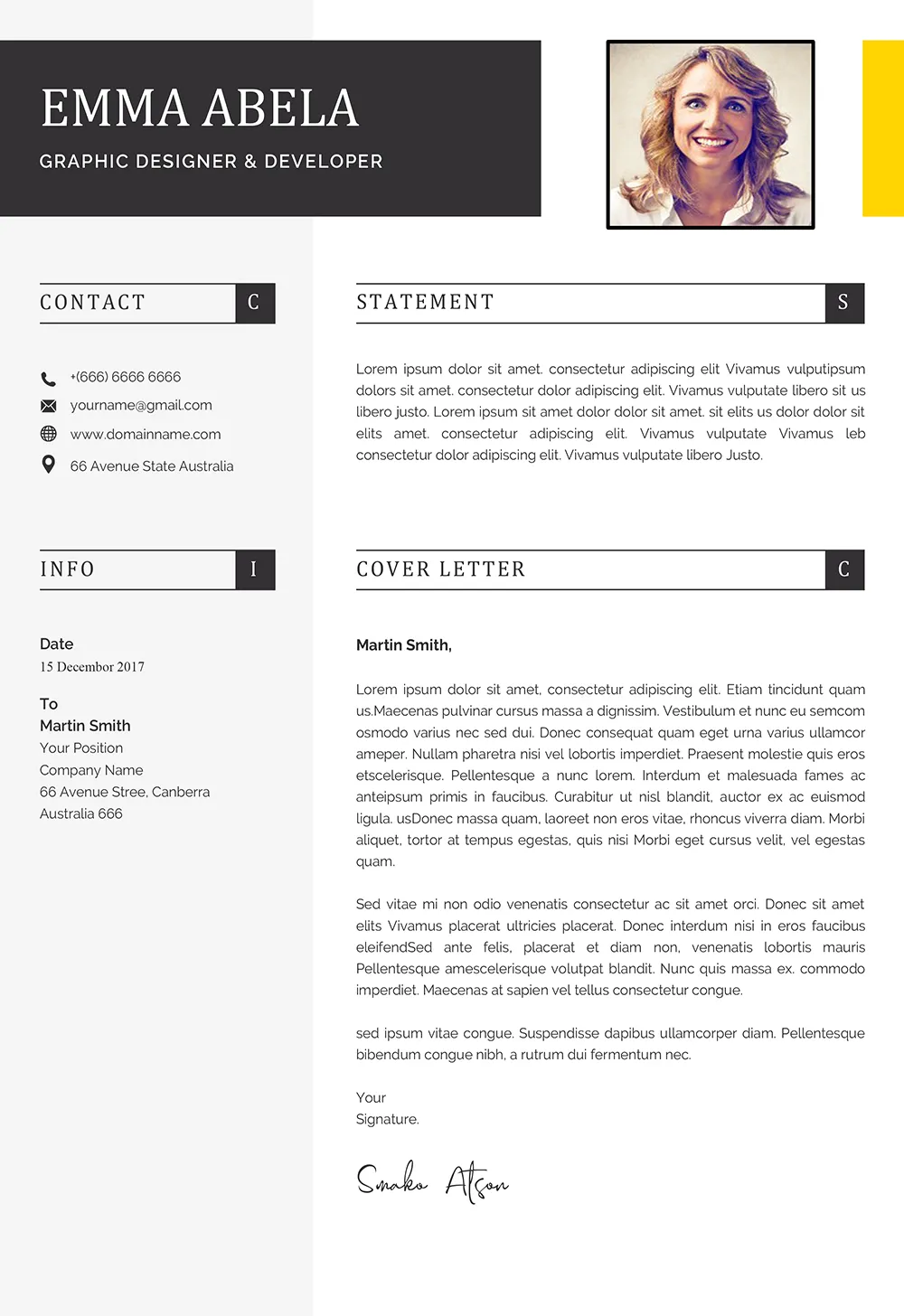
One of the primary goals of your cover letter is to clearly articulate your value proposition: what you can offer the company and how you can contribute to their success. Instead of simply listing your skills, explain how you have used those skills in the past to achieve positive outcomes and add value to previous employers. Quantify your achievements with specific numbers and data whenever possible. This demonstrates a clear understanding of the job requirements, making it obvious you are a great fit and eager to contribute to the company’s goals. Your cover letter is your chance to show the employer why they should hire you, focusing on how you can meet their needs and improve their business.
Crafting a Powerful Closing Statement
Your closing statement provides one last chance to leave a positive impression and encourage the hiring manager to take action. Thank the hiring manager for their time and consideration, and reiterate your interest in the position. Include a call to action, such as requesting an interview. State your availability for an interview and provide your contact information. Reiterate your enthusiasm for the opportunity and express confidence in your ability to contribute to the company’s success. Proofread your closing statement carefully, ensuring it is error-free, professional, and leaves the hiring manager with a clear sense of your capabilities and eagerness to join their team. A powerful closing statement is an important step in the job search.
Proofreading and Editing
Before submitting your cover letter, proofread it carefully to ensure it is free of any errors. Spelling and grammar mistakes can create a negative impression and undermine your credibility. Read your letter aloud to catch any awkward phrasing or sentences that may not flow smoothly. It’s always a good idea to have a friend, colleague, or career advisor review your letter as well. A fresh pair of eyes can often spot errors you may have missed. Ensure that the formatting is consistent, and that the overall tone is professional and confident. Proofreading is an essential step in the cover letter writing process, it ensures that your writing is polished and professional, and helps you make a great first impression.
Ensuring Error-Free Content
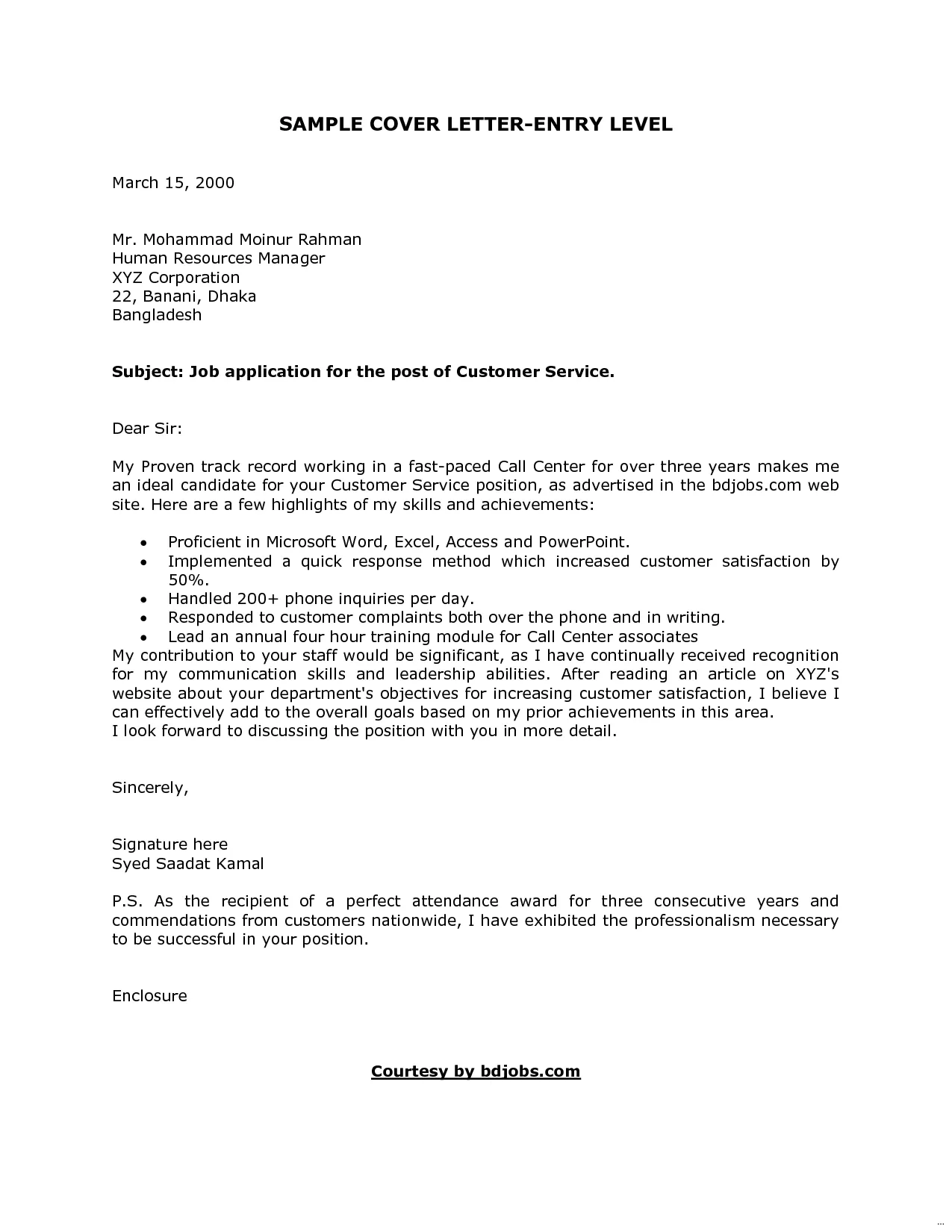
The importance of ensuring error-free content in your cover letter cannot be overstated. Even minor typos or grammatical errors can create a negative impression and damage your credibility. Use a spell-checker and grammar-checker to catch any obvious mistakes, but don’t rely solely on these tools. Carefully review your letter for clarity, conciseness, and accuracy. Pay close attention to punctuation, capitalization, and sentence structure. Consider reading your cover letter aloud to identify any awkward phrasing or sentences that may need revision. It is also beneficial to have someone else review your cover letter. They might catch errors or provide suggestions that you might have missed. A flawless cover letter signals professionalism and attention to detail. This increases your chances of making a positive impact on the hiring manager.
Reviewing for Clarity and Conciseness
After you have ensured that your cover letter is error-free, review it carefully for clarity and conciseness. Aim for a clear and concise writing style, avoiding jargon or overly complex sentences. Each sentence should convey a specific point and contribute to the overall message. Make sure your key skills, experiences, and achievements are easy to identify. Remove any unnecessary words or phrases that do not add value to your letter. The goal is to communicate your qualifications in a direct, compelling, and easily understandable manner. Clear and concise writing demonstrates professionalism and respect for the hiring manager’s time. Keep the reader in mind and make sure your cover letter is easy to read and understand, it is key to making a positive impression.
Finalizing Your Cover Letter
Before submitting your cover letter, there are a few final steps to consider. Double-check that all contact information is accurate and up-to-date. Verify that your cover letter is tailored to the specific job and company, reflecting the requirements outlined in the job description. Ensure that the formatting is consistent and professional, and that the overall tone of the letter is enthusiastic and confident. Save your cover letter in a professional format, such as PDF, to preserve the formatting and ensure it displays correctly on all devices. After you have finished reviewing, confidently submit your cover letter and know that you’ve put your best foot forward in the job application process. Finalizing your cover letter is a critical step in making sure that your writing is ready for the next phase.
